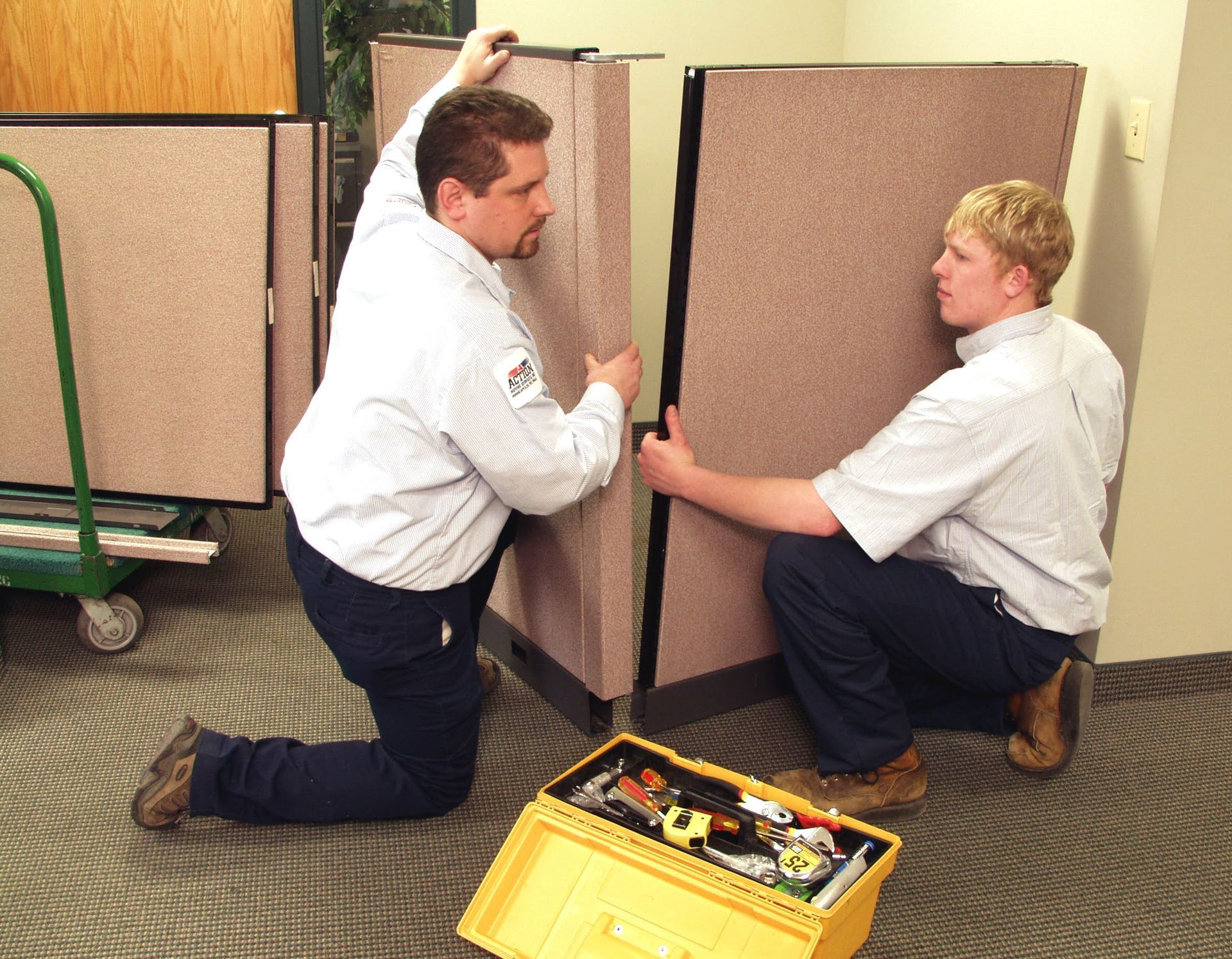Moving Safety: Tips To Avoid Injury When Relocating

Moving to a new place is an exciting journey that often symbolizes fresh beginnings. However, amidst the thrill and anticipation, the process can be physically challenging, especially when it comes to ensuring safety. Whether it's lifting heavy furniture or securely transporting your belongings, there's plenty of room for potential injuries. This guide provides you with the essential tips and tricks you need to know to avoid injuries while relocating. From physical preparation to organizational strategies and safety on the road, we have got you covered. So, let's dive in and make your moving experience safe and hassle-free.
Prepare Your Body:
Moving is like a sport; you need to be in good shape to do it. So, start by improving your physical condition by stretching, working out, and staying hydrated. Also, keep in mind that lifting with your back instead of your legs can lead to serious injuries. So, always assume a squatting position, lift with your legs, keep the object close to your body, and don't twist your spine while carrying it.
Get Organized:
Pre-planning is always the secret to success, and it's also the case with moving. Before packing up your belongings, declutter your home and donate or sell anything that you don't use or need. This will reduce the number of items you have, which means you'll need less time and fewer resources to move them. Also, organize your boxes according to weight, size, and destination by using colored labels, numbers, or a moving app. This will prevent you from lifting more than you can handle, tripping over boxes, or getting lost in the chaos.
Protect Your Floors:
Moving furniture and boxes across your home can scratch or damage your floors. So, consider investing in some moving blankets, cardboard sheets, or furniture sliders to protect them. These items will work as a cushion between your household items and the floor surface. Also, be mindful of your shoes; avoid wearing high heels, slippers, or open-toe shoes while moving. Instead, opt for comfortable, anti-slip sneakers that will provide you with the necessary grip and support, reducing the risk of slipping and falling.
Hire Professional Movers:
If you're dealing with fragile, heavy, or valuable items, it's better to leave it to the experts. Professional movers have years of experience and the right equipment and tools to move even the most cumbersome objects easily and safely. They also have insurance, and most importantly, they will save you time, energy, and stress, allowing you to focus on the more exciting aspects of relocating.
Stay Safe On The Road:
Once you've packed up all your goods and loaded them onto the truck, it's time to hit the road. But before you do, there are a few things to keep in mind. First of all, make sure your truck is in good condition, and the items are secure and balanced. Also, be aware of any possible road hazards, such as potholes, speed bumps, or curvy roads, which can affect your driving and increase the chances of accidents. Finally, stay alert and focused and observe traffic laws, including seatbelt laws. Remember, the most important thing is to arrive safely at your new home, not to arrive fast.
Moving doesn't have to be a risky or injury-prone endeavor. By taking the necessary precautions and planning strategically, you can ensure a smooth and safe transition to your new home. Your physical preparation, organizational skills, and mindful driving are crucial to avoiding accidents or injuries. If you're dealing with heavy, valuable, or delicate items, don't hesitate to hire professional movers who have the knowledge, tools, and experience to handle them. The most important thing is to stay safe in your new home and have a fresh start.
Contact Information
Business Hours
- Mon - Fri
- -
- Saturday
- -
- Sunday
- -











